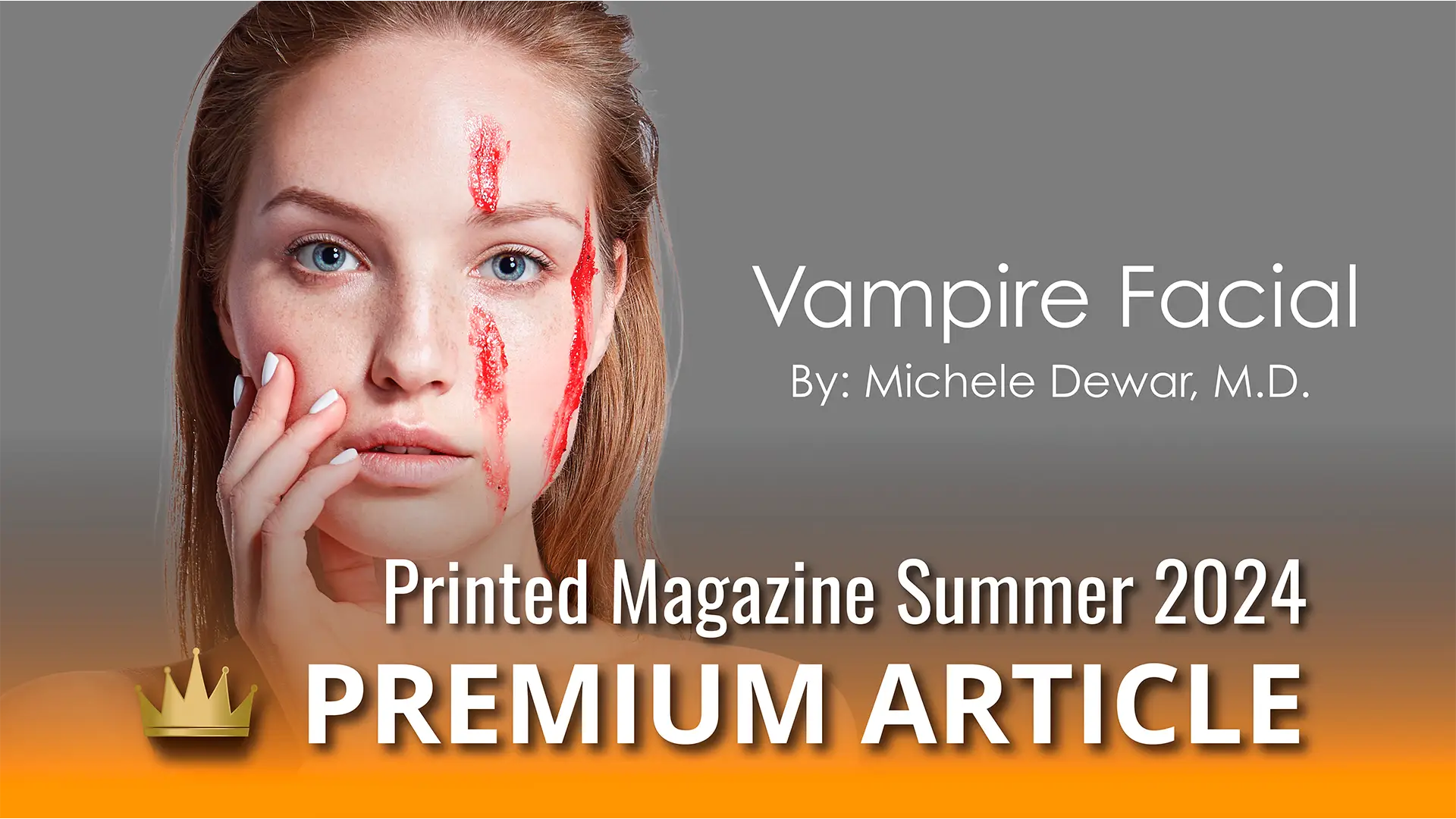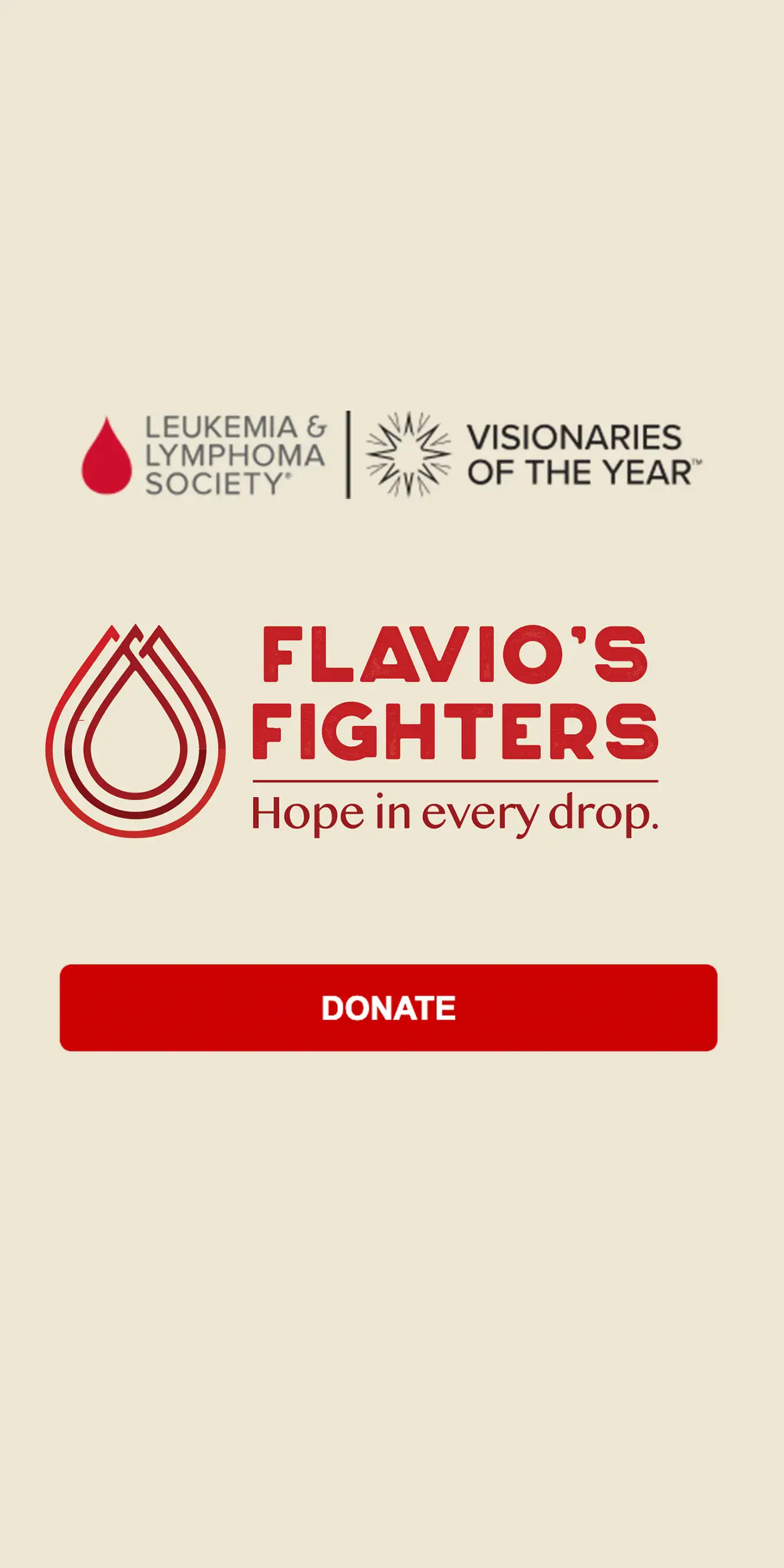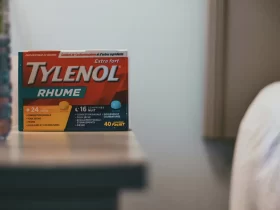By: Michele Dewar, M.D.
A vampire facial, also known as platelet-rich plasma (PRP) therapy, is a cosmetic procedure that involves using the patient’s own blood to rejuvenate the skin. The procedure gained popularity after being featured on television and social media, particularly when celebrities began endorsing it.
Here’s how it works:
Blood Draw: The practitioner starts by drawing a small amount of blood from the patient’s arm, similar to a routine blood test.
Centrifugation: The blood is spun in a centrifuge machine to separate the plasma, platelets, and other blood components from the red blood cells.
Isolation of Platelet-Rich Plasma (PRP): The plasma, which is rich in platelets and growth factors, is extracted from the centrifuged blood. Platelets are known for their role in tissue repair and regeneration.
Microneedling or Injection: Depending on the specific technique used, the PRP is either applied topically to the skin and then absorbed using a microneedling device, or injected directly into targeted areas of the skin.
Absorption and Healing: The PRP stimulates collagen production and accelerates the natural healing process, leading to improved skin texture, tone, and firmness over time.
Vampire facials are often used to address various skin concerns, including fine lines and wrinkles, acne scars, uneven skin tone, and dullness. The treatment is generally considered safe when performed by a qualified practitioner but may cause temporary redness, swelling, or bruising at the injection sites.
Here are some Pros and Cons:
Pros:
Skin Rejuvenation: PRP contains growth factors that promote collagen production and skin cell regeneration, leading to improved skin texture and tone.
Natural Approach: PRP is derived from the patient’s own blood, making it a relatively natural treatment compared to synthetic fillers or chemical-based procedures.
Minimal Downtime: Vampire facials typically involve minimal downtime, allowing patients to resume their normal activities shortly after treatment.
Versatility: PRP can be used to address various skin concerns, including fine lines, wrinkles, acne scars, and uneven pigmentation.
Long-lasting Results: While individual results may vary, many patients experience long-lasting improvements in their skin’s appearance after a series of treatments.
Cons:
Cost: Vampire facials can be relatively expensive compared to other skincare treatments, especially if multiple sessions are needed to achieve desired results.
Potential Discomfort: Some patients may experience discomfort during the treatment, particularly during the blood draw and microneedling process.
Risk of Side Effects: Although rare, there is a risk of side effects such as bruising, swelling, infection, or allergic reactions, particularly if proper hygiene and sterile techniques are not followed.
Variable Results: While many patients see noticeable improvements in their skin after vampire facials, results can vary depending on factors such as individual skin type, age, and underlying skin conditions.
Not Suitable for Everyone: Vampire facials may not be suitable for individuals with certain medical conditions, such as blood disorders or autoimmune diseases, or those taking blood-thinning medications.
As with any cosmetic procedure, it’s essential to consult with a qualified provider to determine if a vampire facial is suitable for you, discuss your expectations, and address any potential risks or side effects.








































Leave a Reply